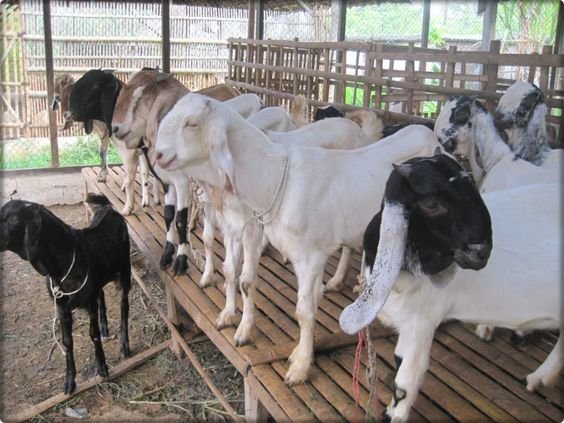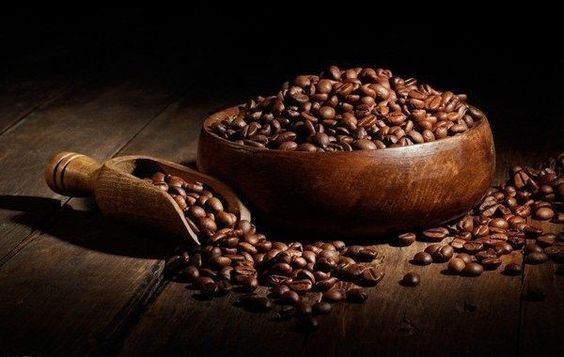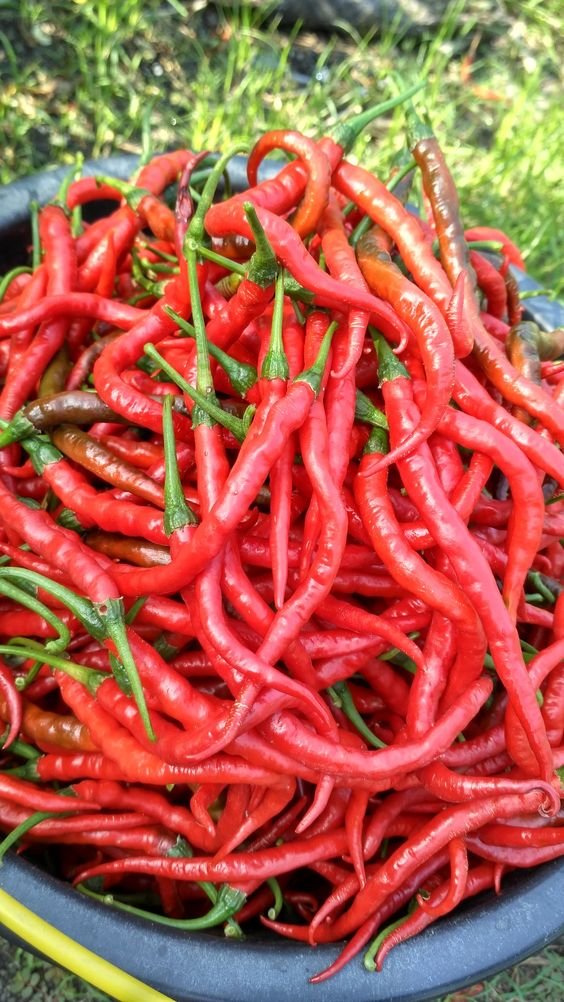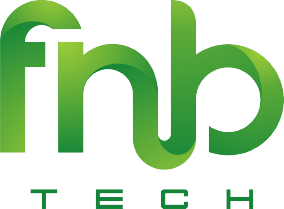Investment in Goat Farming: A Comprehensive Guide
Investment in Goat Farming has emerged as a compelling investment opportunity in recent years. Goats are relatively low-maintenance animals, offering a high return on investment with careful planning and execution. This guide delves into the intricacies of goat farming as an investment, exploring its potential benefits, challenges, and crucial considerations for success.
Why Investment in Goat Farming?
Investment in Goat Farming,Several factors contribute to the growing appeal of goat farming as an investment:
- Low Startup Costs: Compared to other livestock ventures, goats require a smaller initial investment. Housing, feed, and general maintenance are often less expensive for goats than cattle, sheep, or pigs.
- High Profit Potential: Goats produce a variety of profitable products, including meat (chevon), milk, fiber (mohair and cashmere), and manure. With a well-managed herd, you can generate income from multiple sources.
- Shorter Production Cycle: Goats reach maturity faster than many other livestock animals. This translates to quicker returns on your investment as females (does) can reproduce within a year, with a gestation period of roughly 150 days.
- Diverse Market Demand: Goat meat, particularly popular in certain cultures and ethnicities, is experiencing a rise in global demand. Goat milk boasts health benefits like being easier to digest than cow milk, making it a niche market with strong potential. Mohair and cashmere fibers are prized for their luxurious qualities in the textile industry.
- Land Efficiency: Goats are adept grazers, requiring less pasture land compared to other animals. This makes goat farming suitable for smaller landholdings or areas with limited grazing space.
- Sustainability: Goats can be integrated into sustainable farming practices. They effectively manage weeds and brush, reducing the need for herbicides, and their manure serves as a valuable natural fertilizer.
Investment in Goat Farming Considerations and Strategies
Investment in Goat Farming,Before embarking on your goat farming venture, a thorough understanding of the key considerations is essential:
- Market Research: Investigate the local and regional demand for goat products. Identify potential buyers for chevon, milk, fiber, or breeding stock. Understanding market trends and pricing structures will guide your breeding decisions and product focus.
- Breed Selection: Choose a goat breed that aligns with your market goals. Popular meat breeds include Boer goats, Kiko goats, and Spanish goats. For milk production, consider breeds like Saanen goats, Alpine goats, and Nubian goats. Cashmere goats like Angora goats and mohair goats like Angora goats cater to the fiber market.
- Herd Size: Start small and scale up gradually. This allows you to gain experience, refine your management practices, and ensure market demand can accommodate your production.
- Land and Facilities: Secure suitable land with adequate space for grazing and shelter construction. Goats require proper housing to protect them from harsh weather and predators.
- Feeding: Develop a cost-effective feeding plan that incorporates high-quality forage, grains, and mineral supplements to ensure your herd’s health and productivity.
- Veterinary Care: Establish a relationship with a veterinarian specializing in goat health. Regular checkups, vaccinations, and parasite control are crucial for maintaining a healthy herd.
- Labor: Assess your labor needs. Depending on the herd size, you might require additional help for daily tasks like feeding, milking, and cleaning.
Financial Planning and Risks
- Develop a Business Plan: A comprehensive business plan outlines your investment goals, production targets, marketing strategies, and financial projections. This will help you secure funding, track progress, and make informed decisions.
- Investment Costs: Factor in initial expenses for land (purchase or lease), fencing, housing construction, breeding stock, feed, veterinary care, and equipment.
- Ongoing Costs: Consider ongoing operational costs like feed, labor, veterinary care, marketing, and utilities.
- Risk Management: Be prepared for potential challenges like disease outbreaks, fluctuating market prices, and adverse weather conditions. Implement biosecurity measures, diversify your income streams, and build financial buffers to mitigate these risks.
Marketing Your Investment in Goat Farming Products
- Direct Sales:Investment in Goat Farming, Establish connections with local butchers, restaurants, and consumers who value high-quality goat meat or milk.
- Farmers Markets: Selling your products at farmers markets provides direct interaction with consumers and allows you to promote the farm’s story and practices.
- Value-Added Products: Explore opportunities for creating value-added products like cheese, yogurt, soaps, or yarn from goat milk and fiber. This can increase your profit margins and cater to niche markets.





